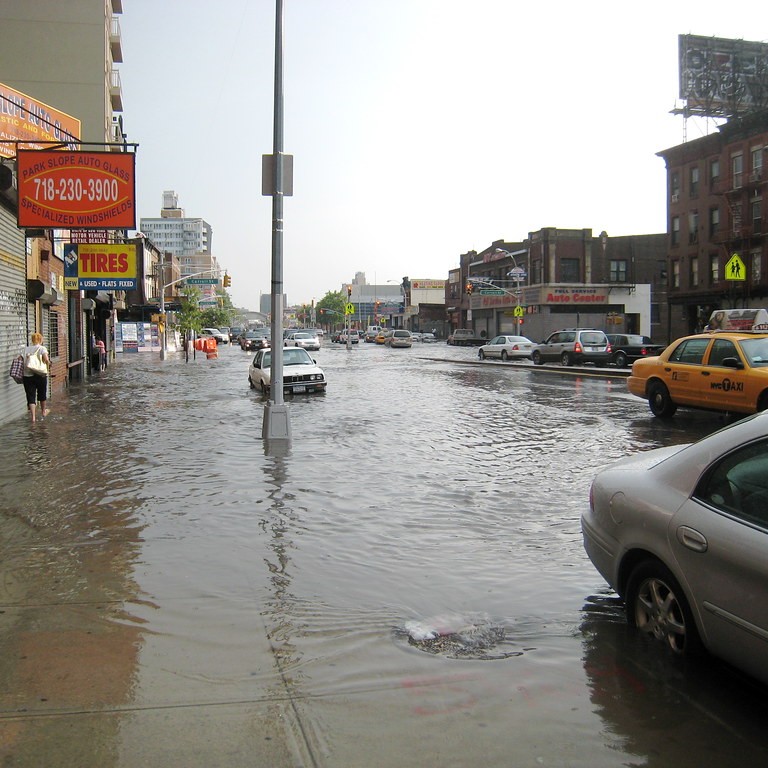Published:
Gone are the days when a rising tide could be said to lift all boats. According to the Intergovernmental Panel on Climate Change, sea levels rose almost twice as much between 1993 and 2010 as they did over the previous century. Its forecast is for a rise of 0.93 meters by the year 2100. Yet another recent study from May 2019 indicates that sea levels at the end of the century could surge by over 2 meters.
Either of these scenarios are a scary realization of the lives of millions of people with a lot of social and economic instability. It is estimated by the United Kingdom’s National Oceanographic Centre, for example, that the annual cost to the world from rising sea levels could be as high as $14 trillion by 2100. Most of this can be explained by the fact that so much of the global critical infrastructure comprises of exposed energy plants, water treatments, underground communications, and transportation systems, including seaports and rail links. In the United States, on the East Coast, flooding causes 100 million hours of vehicle delays per year. According to a University of New Hampshire study, that number could balloon to 3.4 billion hours by 2100.
According to John Scott, Zurich Insurance Group’s Head of Sustainability Risk, most future global GDP growth lies in coastal cities. So, the ripple impacts on trade and supply chains could be unbearable.
Companies need scenario planning to get a good feel of their exposure to these risks. According to Dr. Amar Rahman, a Principal Risk Engineer at Zurich Insurance Group specializing in natural hazards resilience, having a good understanding of the supply chain is crucial. Given such complexities as globalization and short-cycle sourcing, most corporations don’t have this. There is a need to understand where critical infrastructure is located so that strategies for both short-term disruptions and long-term adjustments can be prepared.
As awareness of risks from climate change increases, Rahman warns that too few businesses have conducted a strategic review; this starts to worsen the problem that threatens both businesses and society.
According to the Global Risks Report by the World Economic Forum, an estimated 800 million people will likely be vulnerable to a 0.5-meter rise in sea level by 2050. This includes 70 percent of Europe’s largest cities, 19 African cities with populations over 1 million, and 78 million people in low-lying Chinese cities, a number that increases by 3% each year. For Bangladesh, the result of such a 0.5-meter rise would be the disappearance of roughly 11% of its land, displacing as many as 15 million people. Molyneaux says, “By investing one dollar in prevention, you save as much as five dollars in costs during recovery.”
Building a strong foundation for both communities and corporations, according to business leaders, may help the global use of the supply chain, as a review of the environmental risks shows new opportunities.
"When building a new facility or investing in a new country, a business would benefit from a granular view of the risks involved,” says Molyneaux. “But risks are accompanied by opportunities. It could be a competitive advantage if your resilience is stronger than that of your competitors."
File under






